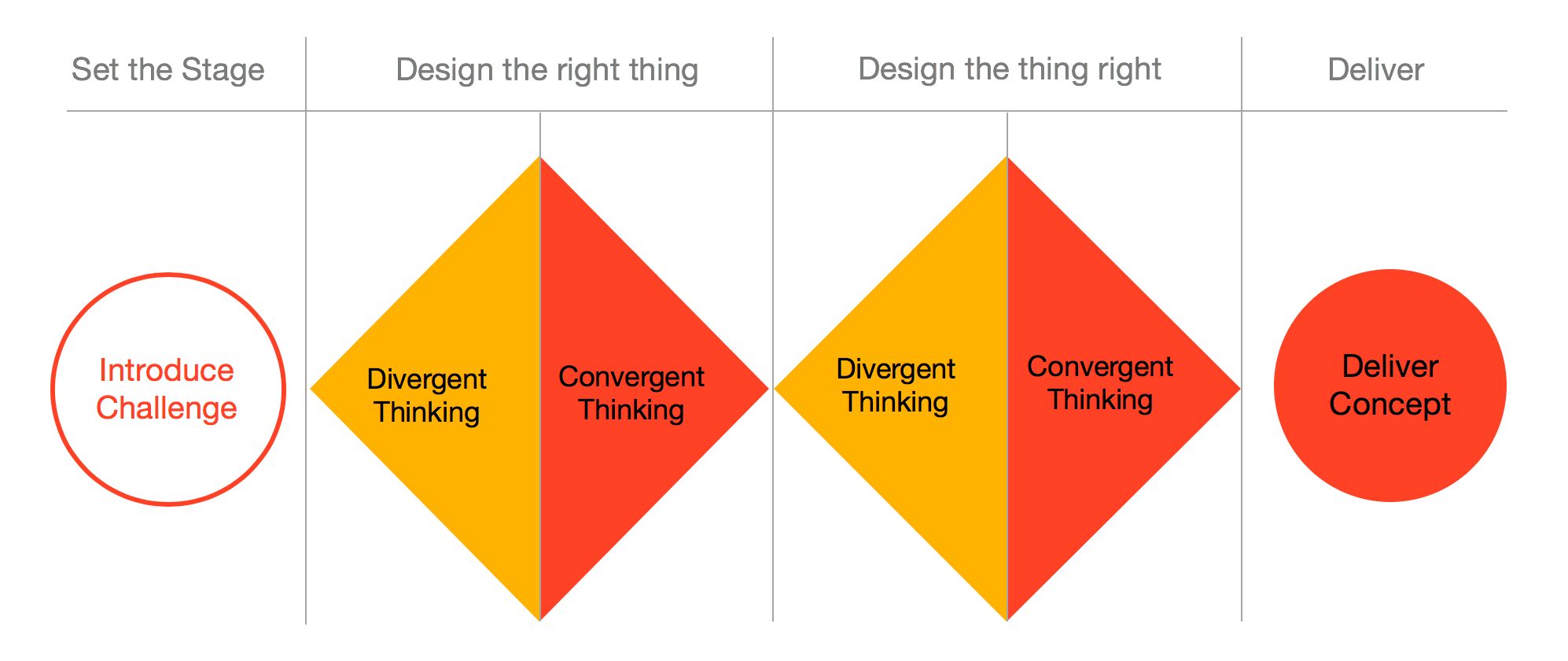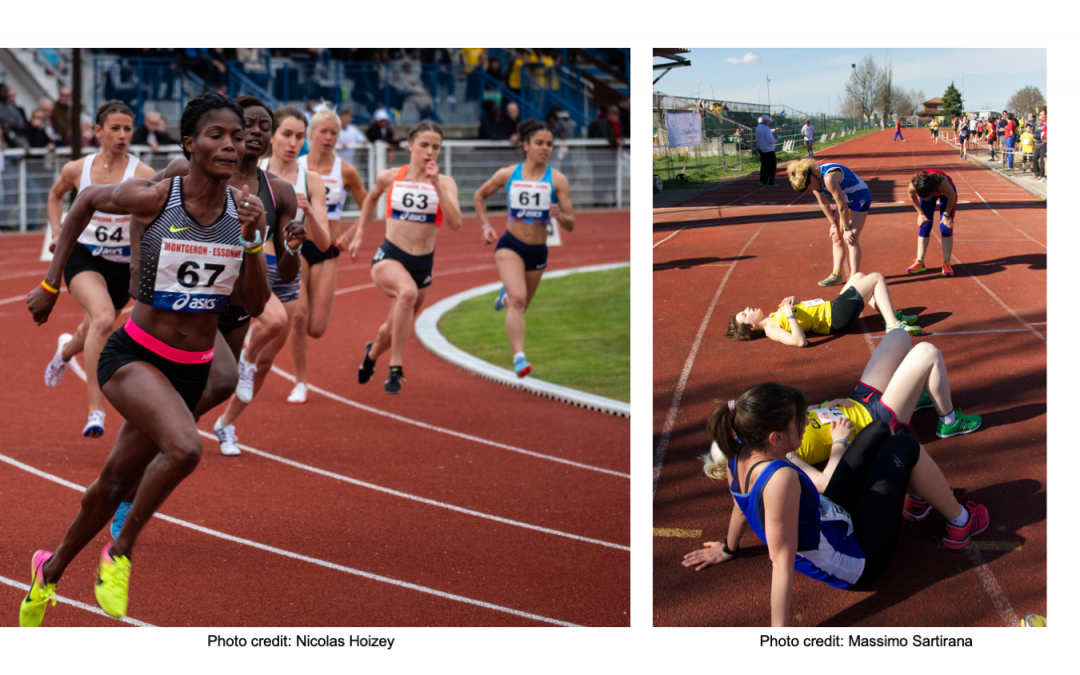It’s critical to know the difference between when you are responding swiftly to dynamic opportunities vs. when you are in an ineffective reaction cycle leading to nowhere good.
– – –
Have you ever noticed that when someone is starting a new business or venture on the side, they call it their “side-hustle” rather than their “side-scramble”?
Or how about when you ask new (and even mature) startups about how things are going with growing their product or business? I’m willing to bet their response is bound to include some variation of, “It’s going great! We’re super busy and hustling 24/7.”
Due to the nature of innovation (something new that makes a difference), there is frequently an associated pace of quickness and dynamic movement. Being the first to offer a new product or service gives a highly desirable competitive edge in the market, and to be first often requires extra effort and making rapid adjustments based on external feedback. For example, although you can do market studies beforehand, you can’t perfectly predict how your users will take your offering and run with it.
However, true innovators will incorporate this new feedback and swiftly adapt their product or service accordingly to become more desirable to the end-user. Although it’s fast-paced, the team knows where they are heading, and the experience of responding dynamically will feel invigorating. This is called ‘The Hustle’.
To hustle means to obtain by energetic activity[i].
A classic example of this ability to swiftly adapt is YouTube, whose initial concept was to become a video version of a dating site. When they first launched, the original founders observed how users were uploading a larger spectrum of videos that went well beyond their initial concept. They acted upon their observations and moved quickly to widen the scope of their original platform. By hustling, YouTube became the market leader for video sharing and grew into a billion-dollar company.
Now, let’s compare this to another common high-speed scenario: The Scramble.
The Scramble typically happens in organizations with a hierarchical management structure. In this case, the initial “external” feedback comes from management, who must approve before the team can engage with the target audience. The Scramble often occurs when a team works diligently on an effort and presents their final results to the boss for approval, however, the boss surprises them with a pithy response along the lines of, “This isn’t what I’m looking for, I want X and it needs to be right by tomorrow.” Or, the boss may reveal new, critical information that vastly changes the original effort’s direction.
The team is a bit disappointed since they hadn’t received any prior indicators of being on the wrong track, or they might feel foolish for their prior actions which they wouldn’t have taken if they’d received the critical information earlier. Although feeling slightly discouraged, the team is still motivated to get it right, so they go back to the drawing board and re-work their design throughout the night based on the few comments the boss did make. But when they present their updated results in the morning, the boss again says, “X isn’t what I want, I want Y and it needs to be right by tomorrow.”
The team is again re-directed from the path they were on. However, now they are becoming bewildered: They were confident that they were on the right track based on the boss’s most recent feedback but again, they were wrong. The team is confused and starting to doubt themselves and each other. As this cycle continues repeating, more desperate ideas are acted upon. Frustration creeps in because this is an effort that everybody thought they’d be victorious in, but the boss continues to be unsatisfied and they can’t move on until the boss approves. Although the team is moving quickly based on the boss’s feedback, they’re not actually making progress. Without aiming to, this team has ended up in The Scramble.
To scramble is to move with urgency or panic[ii].
You’ll know you’re in The Scramble when you’re constantly making rapid changes that yield little to no value, and you find yourself feeling frustrated, exhausted, and resentful.
Although The Hustle and The Scramble both require making rapid changes and responding to external feedback, there is a key difference: Clear decision-making, effective communication, and common vision, or lack thereof.
In The Hustle, the team is moving quickly and they are on the same page. Clear leadership enables quick decision making, as well as critical thinking and evaluation for which feedback to incorporate and which to ignore. Through effective communication, the team works synergistically towards the same goal to produce a high-quality product.
In The Scramble, the team is moving quickly but they are diverging rather than converging. Communication is muddled and some team members have more information than others, which obstructs a common vision. Ambivalent leadership creates more confusion and delay as decisions become reactive to all feedback, rather than intentional responses focused on the long-term. The changes being made are trivial or administrative, rather than significant or quality-boosting.
Unfortunately, teams that start in The Hustle with the best of intentions may eventually find themselves in The Scramble. Even to the experienced innovator, there is a fine line between The Hustle and The Scramble. Fortunately, there are some subtle differences if you pay attention:
| The Hustle |
The Scramble |
| Making rapid changes feels energizing and motivating |
Making rapid changes feels exhausting and tiring |
| Each change is adding value and quality to your final product/service |
Each change starts to feel more and more pointless and reduces the final quality |
| The series of changes takes your product/service to a new place |
The series of changes becomes cyclical and you end up back at the beginning |
| Actions are responsive, aka deliberate, intentional, and aimed at the long-term |
Actions are reactive, aka knee-jerk, reflexive, and aimed at the short-term |
| The team is on the same page |
The team is divided |
| The final result is a win |
The final result never comes |
Being stuck in The Scramble doesn’t mean you have to stay there!
You can take deliberate action to shift your team out of this place, and here are some tips & ITK tools to help:
- Converge the team towards a common vision with the Mission Vision canvas
- Re-baseline your team on the unique value that your product/service offers with the Value Proposition Canvas, and use this as an evaluation factor for all development decisions moving forward
- Identify where communication gaps are happening on your team by using Storyboarding or Journey Mapping. Then, take action to fix or mitigate these communication gaps.
- Acknowledge what is and isn’t working and re-inspire the team by identifying opportunities with the Rose, Bud, Thorn.
So when things are moving fast, take a few minutes to pause and ask yourself, “Are we scrambling… or are we hustling?!”
It’s critical to know whether you’re hustling or scrambling so that you can take the appropriate actions to ensure that team morale and productivity are high, as well as ensuring that you’re working towards a high-quality final product.
– – –
[i] https://www.merriam-webster.com/dictionary/hustle
[ii] https://www.merriam-webster.com/dictionary/scramble





